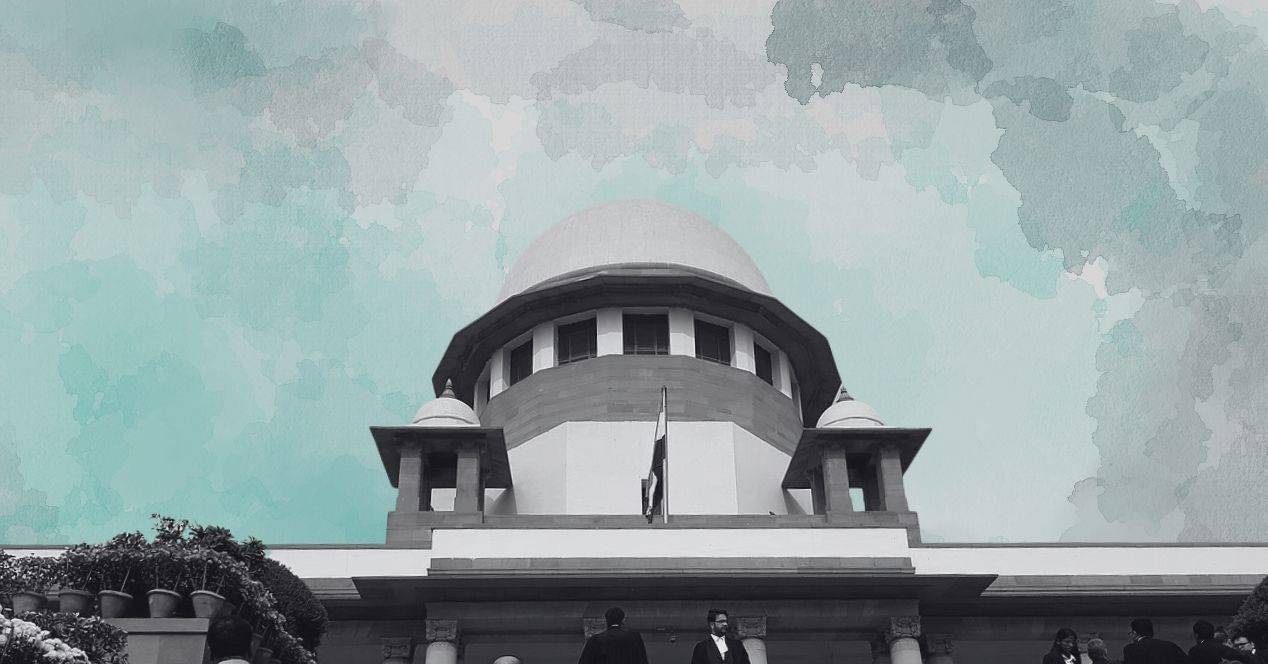Court Data
An SC Judge Authors an Average of 28 Judgments Per Year
This post discusses the yearly rate at which each of the 33 sitting judges of the Supreme Court author judgments.
The average number of judgments authored by a particular judge is an indicator of their judicial performance. It indicates how many cases the judge has played an important role in disposing. In this post, we analyse the average number of judgments each currently sitting judge of the Supreme Court has authored in a year.
Figure 1 shows a yearly rate of judgments written by each sitting judge of the Supreme Court from their year of elevation to December 2021. Mapping a yearly rate allows us to conduct a standard analysis even though the judges have spent unequal time at the Court. The data for the nine most recently appointed judges, however, becomes exaggerated in this process- it is based on their performance over a short period of three months.
As seen in Figure 1, CJI N.V. Ramana authors judgments at the rate of 22 per year. This is slightly lower than the average rate for all sitting judges- 28 judgments per year.
Justice M.R. Shah authors the highest number of judgments, 84, in an average year. Justice D.Y. Chandrachud follows, authoring judgments at a rate of 77 per year.
Figure 1 shows high rates of authorship for Justices Oka and Nagarathna as well. In analysing this data, we must note that this is based only on their performance over three months. Oka and Nagarathna J author judgments at a much higher yearly rate than the seven other judges appointed with them September 2021.
Of the nine-most recent appointments, Justice Narasimha authors the lowest number of judgments per year- 3. Narasimha J is the only one of these nine judges to be appointed directly from the Supreme Court Bar.
Justices Krishna Murari and Vineeth Saran write the lowest number of judgments per year- 8 and 6 respectively.
It is important to note that judgment authorship, however, gives only a preliminary idea of how actively a judge has performed their judicial and administrative duties. Judges spend time hearing arguments in thousands of cases that do not result in judgments. Some cases are dismissed at a much earlier stage. In others, judges may have delivered important interim orders which are not reported as judgments.
In addition to their judicial functions, SC judges perform important administrative functions. For instance, the five senior-most judges make recommendations for appointments and transfers as Collegium members. The Chief Justice manages the roster, deciding which Bench each case is to be listed before. SC judges sometimes devise guidelines for administrative affairs in subordinate courts as well. No data is available to study how much time each judge spends on these tasks. In the absence of this data, the rate of judgment authorship is the only available indicator of judicial performance.
(With Contributions from Joyston D'Souza)




